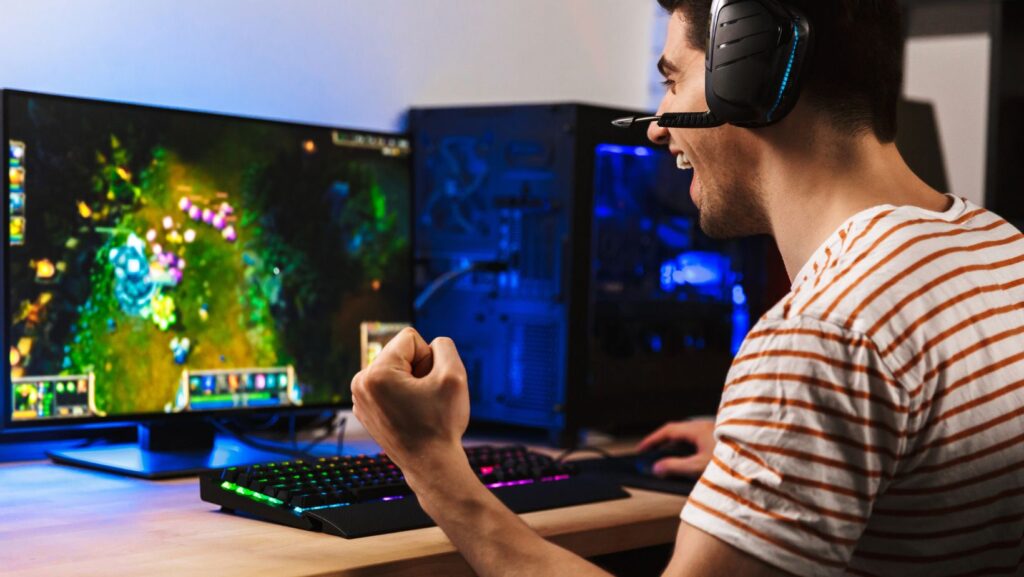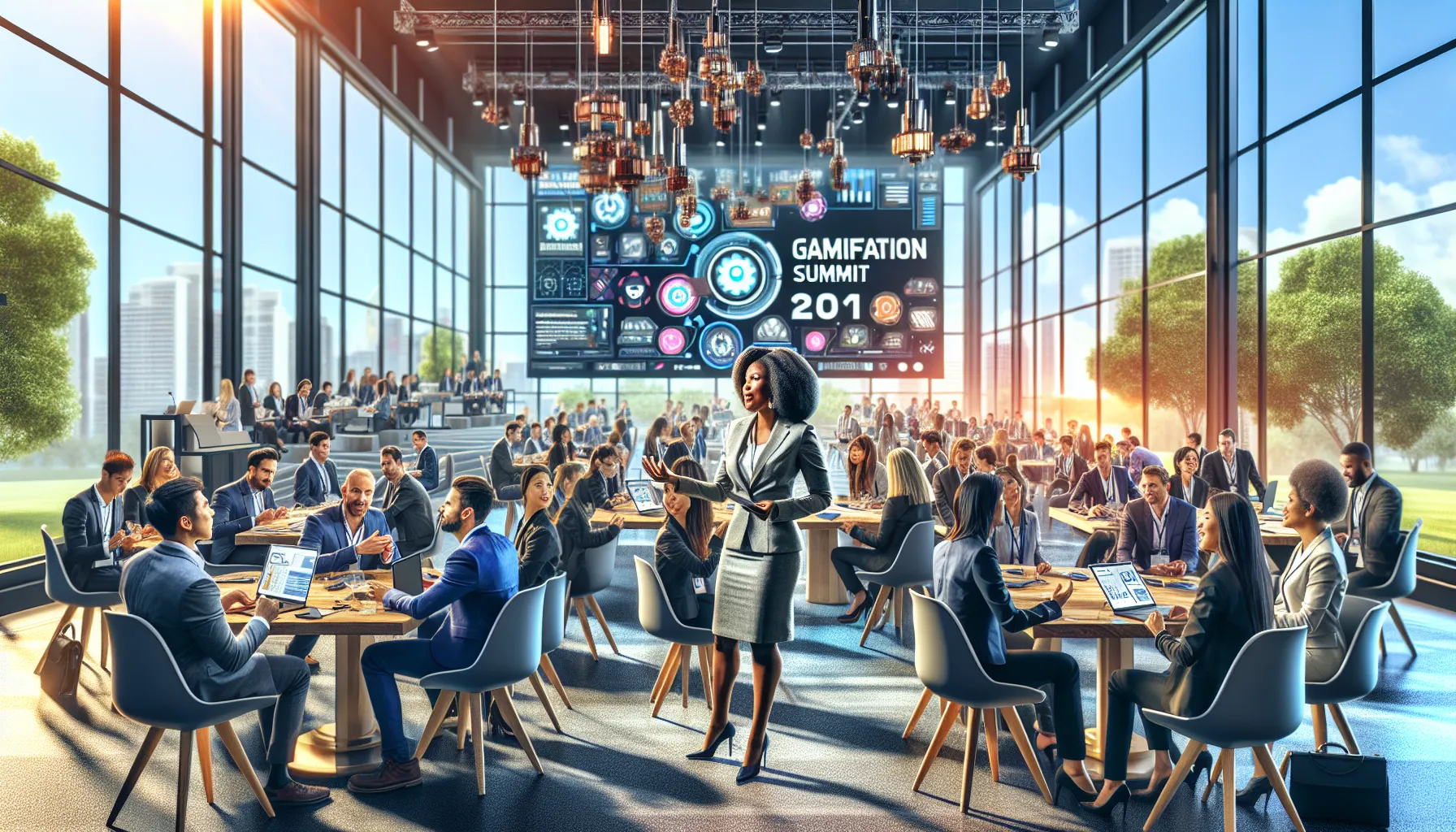A single frame stops players in their tracks. Not because of photorealistic lighting or polygon counts, but because a hand-drawn character’s expression tells an entire story without words. The background’s color palette shifts subtly, creating tension before danger appears. These moments don’t happen by accident—they emerge when developers understand how 2D art transforms games from interactive software into memorable experiences.
The numbers confirm what players feel instinctively. According to Cognitive Market Research, the pixel game market is projected to expand at approximately 11.5% compound annual growth rate between 2024 and 2031. This growth signals more than nostalgia—it reveals that audiences respond powerfully to deliberate artistic choices over technical complexity. Understanding how 2d art shapes both narrative and identity separates forgettable games from beloved classics.
Table of Contents
ToggleThe Language of Visual Storytelling
Games tell stories through mechanics, dialogue, and action, but visual elements often communicate what words cannot. Color choices establish mood before players read a single line of text. Character silhouettes convey personality at a glance. Environmental details suggest history and context without exposition dumps.
2D art excels at this visual shorthand because every element demands intentional design. Unlike 3D environments, where cameras capture unintended details, 2D artists control exactly what players see and how they interpret it. This precision makes 2D art particularly effective for game storytelling that relies on atmosphere, emotion, and subtext.
Consider how lighting direction in 2D scenes guides player attention toward important elements while leaving others in shadow. Background details can foreshadow future events or reveal character backstories for observant players. Even UI elements become storytelling tools when their design reflects the game world’s aesthetic and tone.
Creating Distinctive Visual Identity
Generic art blends games into marketplace obscurity. Distinctive visual identity makes titles instantly recognizable and memorable. This identity emerges from consistent artistic choices across every visual element.
Core elements that define visual identity include:
- Color palette consistency that reinforces mood and theme
- Character design language that creates cohesive cast relationships
- Environmental art style that establishes world personality
- UI design that reflects the game’s tone and setting
- Animation style that matches gameplay feel
When developers commit to strong visual identity through 2D art, they create marketing advantages beyond the game itself. Screenshots become instantly recognizable. Fan art flourishes around distinctive characters. Players recommend games based partly on their unique look.
Professional 2D art services help studios establish and maintain this consistency across development. Experienced artists understand how individual asset decisions compound into overall identity. They ensure character designs from different artists still feel like they inhabit the same world. They maintain style guide standards that keep environments cohesive even as the team expands.
Emotional Connection Through Artistic Choices
Players form attachments to games that make them feel something. 2D art triggers emotional responses through deliberate aesthetic decisions that accumulate throughout the experience.
Color psychology plays a fundamental role. Warm palettes create comfort and safety. Cool tones suggest mystery or danger. Saturated colors energize players while muted palettes establish melancholy or realism. These aren’t universal rules but tools artists deploy intentionally based on desired emotional impact.
Character expressiveness in 2D art forms immediate emotional bonds. Detailed facial expressions convey personality in static portraits. Body language in sprites tells players how characters feel before dialogue begins. Even simple pixel art achieves surprising emotional depth through careful animation timing and posing.
Environmental storytelling through background art builds emotional investment in game worlds. Ruined buildings suggest tragedy. Thriving marketplaces imply prosperity and culture. Small details like abandoned toys or overgrown gardens tell stories that resonate emotionally without explicit narration.

Practical Advantages of 2D Art Direction
Beyond aesthetics, 2D art offers practical benefits that support both storytelling ambitions and development realities.
Development efficiency allows smaller teams to achieve professional results. Creating compelling 2D assets requires different skills from 3D modeling but often demands fewer resources for equivalent visual impact. This efficiency lets indie developers compete aesthetically with larger studios.
Performance accessibility means 2D games run smoothly on a wider range of hardware. Players with modest systems still experience games as intended without compromise. This broader accessibility expands potential audiences significantly.
Iteration speed enables experimentation during development. Testing different color schemes, character designs, or environmental layouts happens faster with 2D assets than 3D alternatives. Teams discover what works through rapid prototyping rather than committing prematurely to expensive production.
Style Diversity Within 2D Art
The term “2D art” encompasses a vast stylistic range. Understanding these options helps studios choose approaches that serve their specific storytelling goals.
| Art Style | Storytelling Strengths | Best Suited For | Production Considerations |
| Pixel Art | Nostalgia, clarity, charm | Retro games, indie projects, puzzle games | Lower asset creation time, requires strong design sense |
| Hand-Drawn | Emotion, personality, warmth | Narrative adventures, character-driven games | Higher time investment, unique aesthetic appeal |
| Flat Design | Clarity, modernity, accessibility | Mobile games, UI-focused experiences | Fast iteration, scales well across resolutions |
| Watercolor/Painterly | Atmosphere, artistry, mood | Story-rich games, artistic projects | Distinctive look, requires skilled artists |
| Vector Art | Scalability, precision, clean | Puzzle games, minimalist designs | Resolution-independent, geometric aesthetic |
Each style communicates differently and appeals to distinct audiences. Matching style to narrative tone and gameplay creates cohesion that strengthens the overall experience.
Consistency Across Development
Maintaining visual consistency challenges teams as projects expand. Early assets might not match later work as artists improve or team members change. Professional workflows prevent this fragmentation.
Essential practices for consistency include:
- Comprehensive style guides documenting every visual decision
- Regular art reviews ensuring new assets match established standards
- Asset libraries providing reference material for ongoing work
- Quality checkpoints validating consistency before implementation
Studios working with external 2D art services benefit from their experience maintaining consistency across projects. These teams develop systematic approaches, ensuring dozens of artists produce cohesive results matching the established visual identity.
Narrative Integration Through Design
The most effective 2D art doesn’t just illustrate stories—it actively tells them. Visual elements carry narrative weight equal to dialogue and plot events.
Character design reveals background without exposition. Clothing, posture, and accessories communicate profession, personality, and history instantly. Players form assumptions about characters based on visual presentation that subsequent interactions either confirm or subvert.
Environmental progression shows story advancement visually. Locations change as the plot develops—battlefields bear damage, seasons shift, and structures age or flourish based on player choices. These transformations make narrative consequences tangible.
Visual motifs create thematic connections across disparate story elements. Recurring symbols, color associations, or design patterns link characters, locations, and concepts subtly. Players subconsciously recognize these connections, deepening engagement with narrative layers.
Technical Implementation Considerations
Beautiful concepts mean nothing if technical execution fails. 2D art requires thoughtful implementation, ensuring visual quality translates properly into playable experiences.
Resolution planning determines how art scales across display sizes. Higher resolutions provide crispness but increase file sizes and memory requirements. Balancing quality with performance needs requires planning from project inception.
Animation systems bring static art to life through movement. Sprite-based animation, skeletal systems, or frame-by-frame approaches each offer advantages depending on style and scope. Choosing appropriate systems early prevents costly reworks.
Layer management organizes complex scenes into manageable components. Separating foreground, midground, and background elements enables parallax effects and depth while maintaining performance. Proper layering also simplifies updates and iterations.
Cultural and Demographic Considerations
Visual preferences vary across audiences and regions. Understanding these differences helps games connect with intended players while avoiding unintended alienation.
Cultural symbolism affects interpretation significantly. Colors carry different meanings across cultures. Character designs read differently depending on regional aesthetic preferences. Studios targeting global audiences research these variations or work with diverse teams bringing multiple perspectives.
Age demographics influence appropriate art complexity and subject matter. Younger audiences respond to different visual languages than adults. Art direction should match not just thematic content but presentation style to target demographics.
Working with Professional Artists
Creating excellent 2D art demands specialized skills that not every studio possesses internally. Collaborating effectively with artists—whether hired, contracted, or partnered—requires understanding creative processes.
Clear communication about vision prevents wasted effort. Mood boards, reference images, and detailed descriptions help artists understand desired results. The more specific initial guidance, the faster artists produce acceptable work.
Iterative feedback improves results through collaboration. First drafts rarely match final visions perfectly. Constructive, specific feedback helps artists refine work toward goals. Understanding that revision is normal part of the process prevents frustration.
Respecting artistic expertise means listening to professional recommendations. Experienced artists spot problems or opportunities that developers might miss. Their suggestions often improve original concepts rather than compromising them.
Bringing Vision to Life
Games succeed when all elements align toward a unified experience. 2D art serves as visual glue, binding mechanics, narrative, and emotion into cohesive wholes. Whether developing intimate indie projects or ambitious commercial titles, investing in strong artistic direction pays dividends through player connection, market differentiation, and lasting impact.
The best 2D art doesn’t call attention to itself—it simply feels right. Characters look how they should. Environments establish a perfect mood. Visual flow guides players naturally through experiences. Achieving this seamlessness requires expertise, planning, and commitment to artistic vision. Studios that prioritize these elements create games players remember long after the final credits roll.




